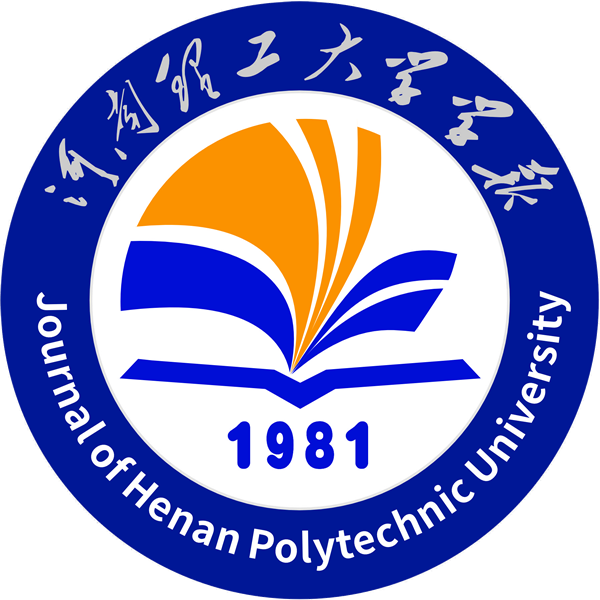| Time: 2022-03-10 | Counts: |
doi:10.16186/j.cnki.1673-9787.2020060080
Received:2020/07/01
Revised:2020/09/17
Published:2022/03/15
Research on the gradual refinement fusion strategy of land survey data and forest subgroup data based on semantic model
FENG Yongyu1, YANG Shiyong1, WANG Fang1, WANG Xue2, LIU Wei2, WANG Yan1
1.Data and Remote Sensing Technology Institute of Shandong Province, Jinan 250002 , Shandong, China;2.Shandong Yuanhong Survey Planning and Design Co., Ltd. , Jinan 250014 , Shandong, China
Abstract: The method of scientifically performing fused correlation of multi-source data in the course of natural resource research has important theoretical implications and application value.Especially in the recent third national land survey,the definition of forest land differs between the Ministry of Natural Resources and the National Forestry and Grassland Administration,so there is a difference in combining the forest land data of both.In this article,the Zichuan district of Zibo City,Shandong Province was taken up as a research field and the method of fusion and correlation of the two was explored.First,a corresponding relationship between the two types of data was established and the throughpilot data was optimized to lay the foundation for data fusion.Next,the contents,structure,and attributes of the two types of data were combined and analyzed,and a stepwise elaborated fusion correlation model covering the refinement factors of the land survey and forest survey was established.Finally,by using the established fusion association model,the fusion association relationship and database of the third national land survey data and forest resource sub-class data were constructed,which visually displayed the forest survey refinement factors of the third land survey map at the map element level.Data support for the analysis of differences in statistical tables such as forest area and forest greening rate caused by the different meanings of the classification and delineation of the land was provided.The research results could provide technical support and reference for the fusion and correlation of the two types of data in other regions.
Key words:the third land survey data;forest sub-class data;fusion correlation model;correspondence of land type;semantic model
- 附件【基于语义模型的国土调查数据...数据渐进精化的融合策略研究_冯永玉.pdf】Download 次

